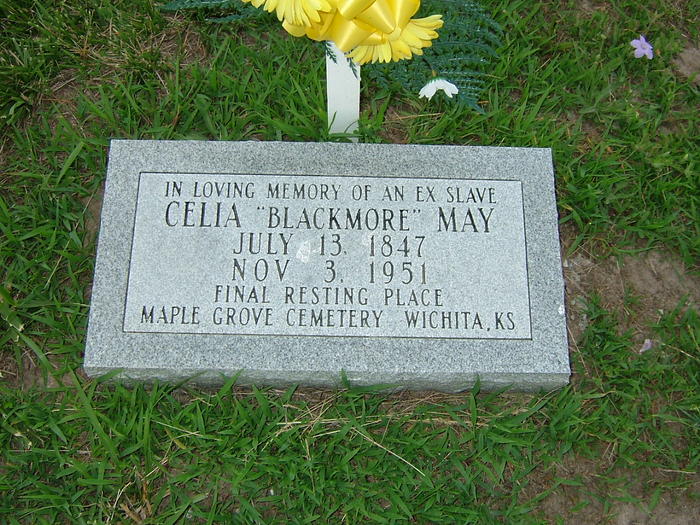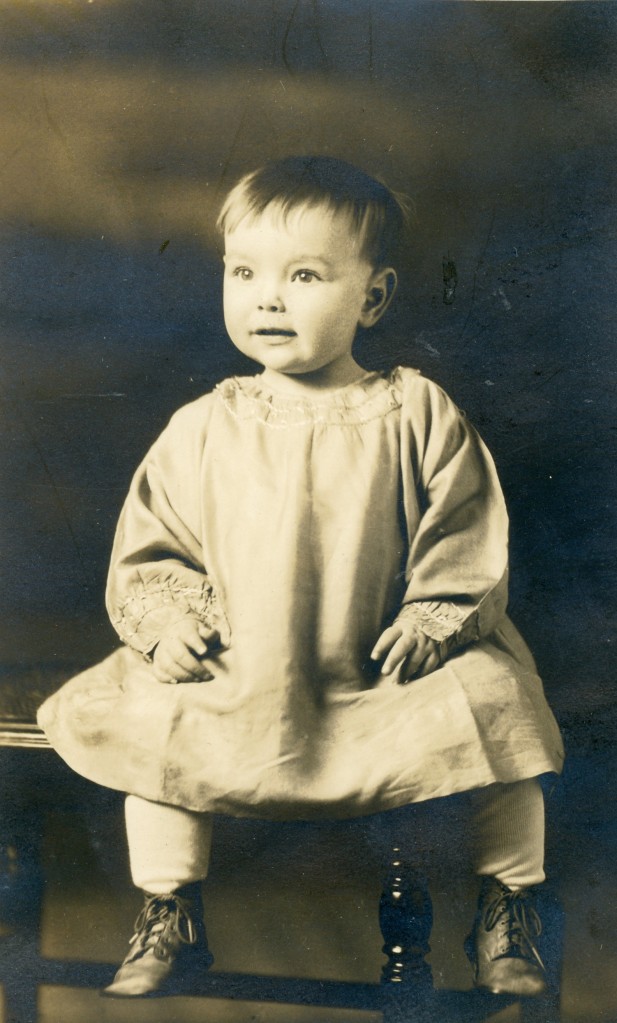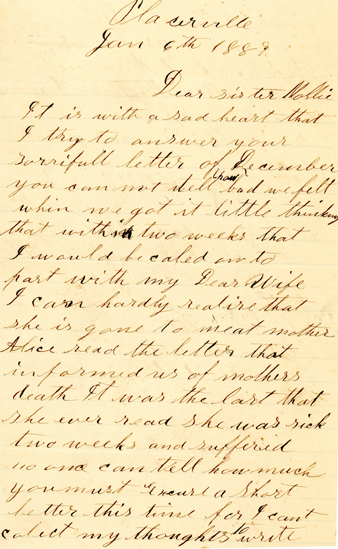I don’t often write about my husband’s, Doug’s, family, but not because his history isn’t interesting. Rather, I have just had SO MUCH material in my own family to keep me quite busy!
However, there is a family story that has captivated both of us lately. I only wish that I had begun this story in Black History Month, but since this is Women’s History Month, there is an overlap. So, I’m going with it.
My mother-in-law, Marie, owned a beautiful hand-woven basket, which she passed on to us. This basket always hung in a place of prominence in her home, and today, it hangs in my kitchen, above my husband’s favorite chair.
Marie often told the story of the basket: that it had been made by an elderly Black woman, formerly enslaved, who helped to raise her after her father died. The basket was gifted to Marie’s grandfather’s family, as a token of their friendship. But, there is much more to the story…
So, shall we begin?
If you have been following along with my blog, you might remember that Marie (my mother-in-law) lost her father, Arthur, when she was not quite a year old. Marie’s mother, (Anna) Irene, was left a widow with a very young child and overwhelming debts. Arthur had appendicitis and had been hospitalized multiple times, and during the last hospitalization, he developed typhoid fever, which caused his early death.
The same night that Arthur died, Irene was in a roll-over car accident on the way to the hospital to see him. She was injured, and the doctors came close to amputating her leg. She was still terribly weak and in pain at Arthur’s funeral, and she had to be carried in by her brothers. In addition to just the overwhelming tragedy of all these circumstances, there were huge medical bills for both Arthur and Irene that the newly-widowed Irene had to pay.
Arthur and Irene had been farmers, and so in addition to the medical bills, Irene also had farming debts. As a consequence, Irene had to have a bank sale of the farm and all the equipment. There is more to the story, but I will leave it to you to read the details in my earlier post.
But, you get the picture: Irene and little Marie (my husband’s grandmother and mother) were left basically penniless, and as a consequence, they moved back in with Irene’s family, the Giers.
Irene went back to school to earn her certificate to teach, just about the only profession available to women in that time and place. Irene’s family helped to care for little Marie while Irene was in school and later while she when she began teaching.

A neighbor of the Gier’s also helped with Marie’s care, “Mrs. Blackamore” (sic), also known as Aunt Celia. Irene’s sister, Hazelle, wrote a family history of the Giers, and in it she included her recollections of Aunt Celia. I’ll let her tell her story in her own words:
“We had a dignified black woman, Mrs. Blackmore, Aunt Celia, who had been a slave that lived 2 miles from us. She had wide scars across her head from being beaten by her mistress. She had no idea how old she was, but she knew she was past 100 because she had seen Abraham Lincoln. He had brought troops to her master’s well to get water. She thought her father was white, but she didn’t know. But if she was related to her master – they didn’t claim her. She was so compassionate. When there was a need in a community – like a new baby, or someone was sick, they would call on her, and she would go help. She came every week for milk and eggs that my mother would give to her. Her income was $19 per month – just a pittance. She had one horse and often stayed all night with us when she came. She’d do her hair up at night in little pigtails. It was so frizzy.
Later on when Mrs. Blackmore couldn’t come anymore, we took milk and eggs to her. Her crude cabin was always very clean, but it wasn’t well finished or well furnished. It had 3 rooms. She lived on the bottom. The upper room was an attic where she slept. No matter how hot it was she kept the windows shut. She had tales to tell about being a slave, but she was never apologetic about being black. “We were treated worse than the animals. We were property – like livestock. Every word of Uncle Tom’s Cabin is gospel truth”. Someone had read the book to her, even though she couldn’t read or write. She had stories to tell of her slavery. Blacks had little recourse for help or protection. She went to a Methodist Church and would get happy and dance in the aisles. Her story and Uncle Tom’s Cabin connected life with history for me. Her only child, Tommy, had died as a baby. Quite a few infants died. Maybe it was ignorance on the parent’s part. She would tell people about her family who were high class storeowners, the Atkinson’s who were white, and distant cousins of mine. That embarrassed the girls half to death to be claimed by her.”
My mother-in-law, Marie, remembered “Mrs. Blackamore” (sic), too:
“The woven basket belonged to a dear colored lady who was friend of Grandpa Gier. We called her “Mrs. Blackamore”. She lived in a tiny 2 story house on the outskirts of Hepler. She seemed to know when Granddad butchered a hog. She hitched up her house & buggy, and arrived to get her portions-favoring the organ parts. This was before I was born. After my Father died, ( I was 10 mo. old) she offered to take care of me, so that Mother could teach school. Mother and I lived with my Gier grandparents until I was 7 years old. I don’t know where Mother kept the basket-I don’t recall seeing it as I was growing up-somehow, it escaped the fire that destroyed their house in 1954. The rock that you can hear inside when you shake the basket was supposed to be a good luck charm.”
Yes, the rock inside is still there and it rattles when you shake the basket.
Doug and I decided that we needed to research Mrs. Blackmore to find out more about her, if possible. While not finding more personal information, we did find out a few facts that flesh out Celia’s story a bit.
From all the census records that I could find, Celia was born in Missouri, a slave state, around 1852. In the 1880 US census, she is listed as being 27, married to John Blackamoore, 39, with a son, Lawrence, 8. Both John and Lawrence are listed as Black, while Celia is Mulatto. The little family was living in Benton, Missouri. John worked at a grist mill, and John and both John’s and Celia’s parents are recorded as being born in Virginia, and therefor most likely enslaved.
By the time of the 1885 Kansas state census, John, Celia, and son Lawrence had moved to Walnut, Kansas, in Crawford County. John was now a farmer.
In the 1895 Kansas census, John and Celia were still in Walnut, but son Lawrence was no longer in the household. Their last name was now recorded as Blackmore, rather than Blackamoore.
John and Celia were still living in Walnut at the time of the 1900 US census. They are both listed as Black. John gave his birthday as March of 1842; Celia’s was July 1852. (This date is somewhat in question, as Celia herself did not know her exact age.) They were 58 and 48 years old and had been married for 21 years. (Which doesn’t make sense in a timeline of their lives.) Interestingly enough, Celia is recorded as being the mother of no children, living or not. But, it also looks as if the two zeros in the columns for children have been added later, not by the original enumerator. They are definitely in a different script with a different pen. John is still a farmer, and, again, interestingly enough, both are listed as being able to read and write. I’m wondering if a neighbor was the informant, not either John or Celia.
In 1910, still in Crawford County, John and Celia are now 69 and 58. They have been married 33 years, but for the first time the number of marriages has been recorded. Theirs was Celia’s first and John’s second marriage. Again, Celia is recorded as having had no children. This year, John is listed as being able to both read and write, but Celia is recorded as able to read, but not write.
In 1916, Celia applied for, and was apparently granted, a widow’s pension from the War Department. John had served in the Civil War in the 127th Illinois Infantry in the Signal Corps. From his pension card, John applied for the pension on February 24, 1890, and Celia applied for her widow’s pension on October 12, 1916. This was possibly the $19 a month income Hazelle mentioned in her recollection.

In 1920, Celia is still in Walnut, possibly in the little two-story house described by both Hazelle and Marie. She was 67, widowed, unable to either read or write, and listed her profession as farming on a dairy and poultry farm.
Marie was born in 1928, her father died in 1929, and soon afterwards, Celia began to care for Marie. She was well into her 70s by then. I couldn’t find any other census records for her after 1920, but we do have a little more information from Hazelle.
“Mrs. Blackmore fell in Hepler one cold night and the postman found her where she had been lying all night on the ground when he came to check on her, as he did each day. He was a compassionate man. He drove a horse and buggy. Soon after she was taken to her nieces in Topeka where she died and was buried in a pauper’s grave. Hepler sent a delegation to bring her body back to be buried in our community where she was loved.”

Doug found photographs of both John and Celia’s headstones in the Hepler Cemetery, via Find a Grave. (Hepler is about nine miles from Walnut.) I think that Celia’s body was never brought back, as her headstone refers to her final resting place as Wichita.
I have researched both Celia and John on Ancestry and Family Search. Other than the documents I’ve mentioned above, I didn’t find any other information. There were no family trees with their names, which I find very sad. There were no photographs, which I think would be wonderful find.
I can only imagine what a special woman Celia must have been. For a formerly enslaved black woman to be so honored by her white community in the Jim Crow era is truly astonishing. It speaks well of the community as a whole and gives me hope for our future. I know that her care for Marie left a lasting impression on a little girl without her daddy. I’m honored that we still have her basket, woven with her own hands, as a remembrance of her compassion to our family.

‘Til next time.




